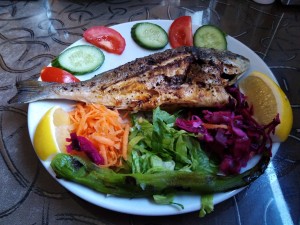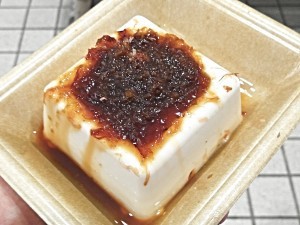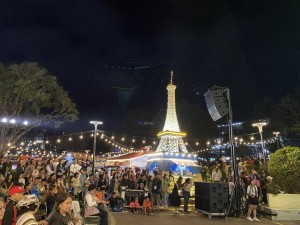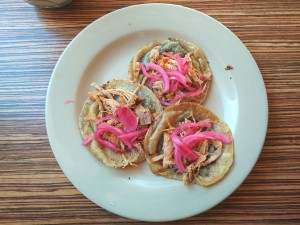EAT IN ASIA / Destinations / Other destinations / Africa / Egypt
Super tasty olives and Egyptian pickles
Tags: EGYPT

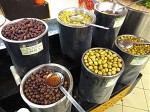

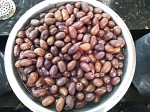
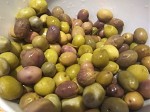
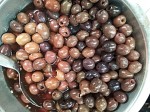
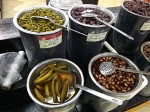

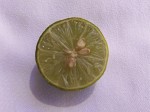
Egyptian cuisine means also mezzes. A lot of them, colorful, aromatic, varied and healthy. Mezze is a selection of small dishes served as snacks. They are extremely popular in Balkans, Greece and their neighbors, in some parts of Asia and also in Arab countries. These dishes can be either cold or hot. Can be spicy, mild, sweeter or sour. Mezzes can include vegetables, dairy, lentils, sea food,… almost everything. Just served whole in pieces or cut so that hey can be eaten at once or used as a sauce or a dip.
So, depending on the country and the region, you will find different things. Cheese made of goat’s, cow’s or sheep’s milk; variations on lentils and chickpeas; small meat balls or sausages; calamaries; stuffed vine grapes; onions; salads; and of course, olives! Black and green. Stuffed and plain. In herbs and sauté.
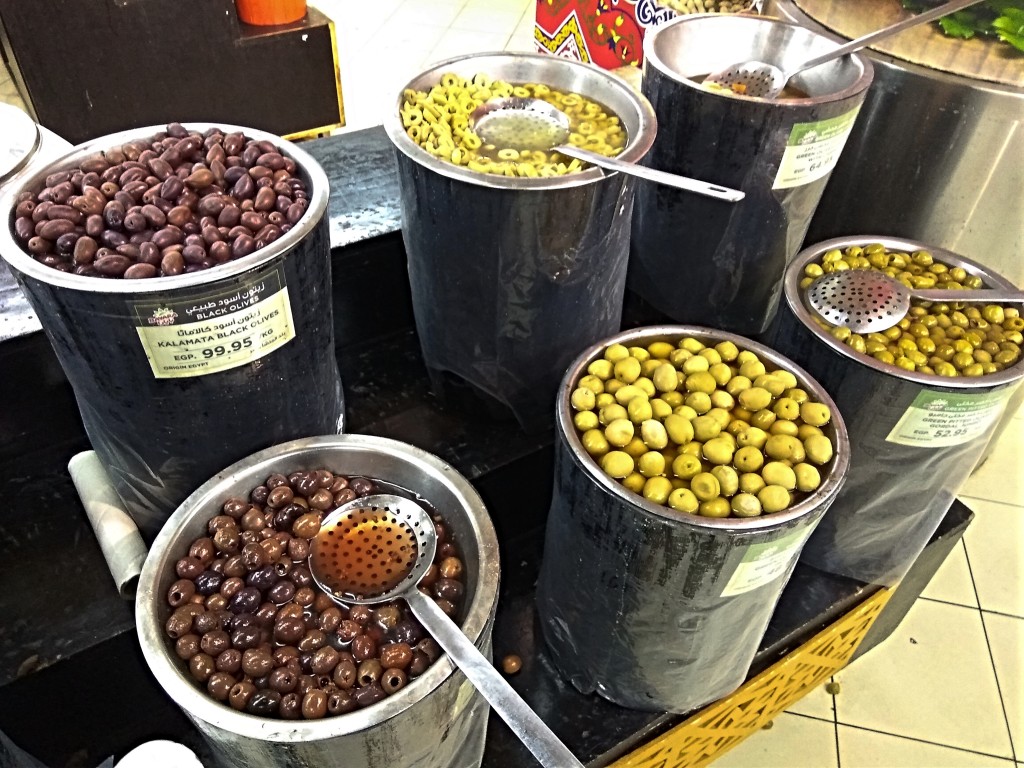
Although olives are commonly linked to the south European cuisine, they are also liked in Egypt. Green, purple and black. Stuffed, in herbs and plain. Sliced or whole. Markets sell them per kilo and the price varies depending on their variety.

But did you know, that dark and green olives are same olives? Yes, that is true. The color of the olive depends of the moment of picking it. At the beginning of the season, olives are green. That means, they are picked around September and October. With every day of ripening they are becoming more and more darker. Step by step they are turning into purple ones. Finally, when they are ripe, they are almost black. These are picked either in November or even in late December or January.

Olives are picked manually, or unfortunately sometimes by special machines. These picked manually are of the best sort. Machines don’t care whether the fruit is already ripe or not, how big it is and don’t pick them carefully.
Another way to make green olives extremely black is to treat them chemically. But, that is up to you, whether that is what you really want…
How does an olive fruit turn into something you know so well?

To get olives as you know them, a regular fruit has to be, let’s say, fermented. Usually olives are cured either in brine or water. The brine is made of water and salt. That method is good for ripe olives and lasts for about one year.
The most popular method is the one using an alkaline lye solution. Raw olives are put to vats and then soaked in the mixture. This method is fast, but also depriving olives from some flavors.
Dry curing of olives means that olives are stored for a month in salt. The salt removes water from the fruit. After that time, olives might be soaked in olive oil for a couple of months.
Olives cured in water are seldom as that process takes a lot of time. Olives are repetitively soaked in water.
Olives can be also cured by hot air. Just left to ferment in the sun.
So what kind of olives can be seen and eaten in Egypt?

Most popular are regular green and purple Kalamata olives. Black olives from Spain are also commonly available in most stores. They are either pitted or whole. Niçoise olives and amfissa olives are rarer. To most popular green olives, one can include French picholine olives, Jordanians nasoohi olives and Spanish manzanilla olives. 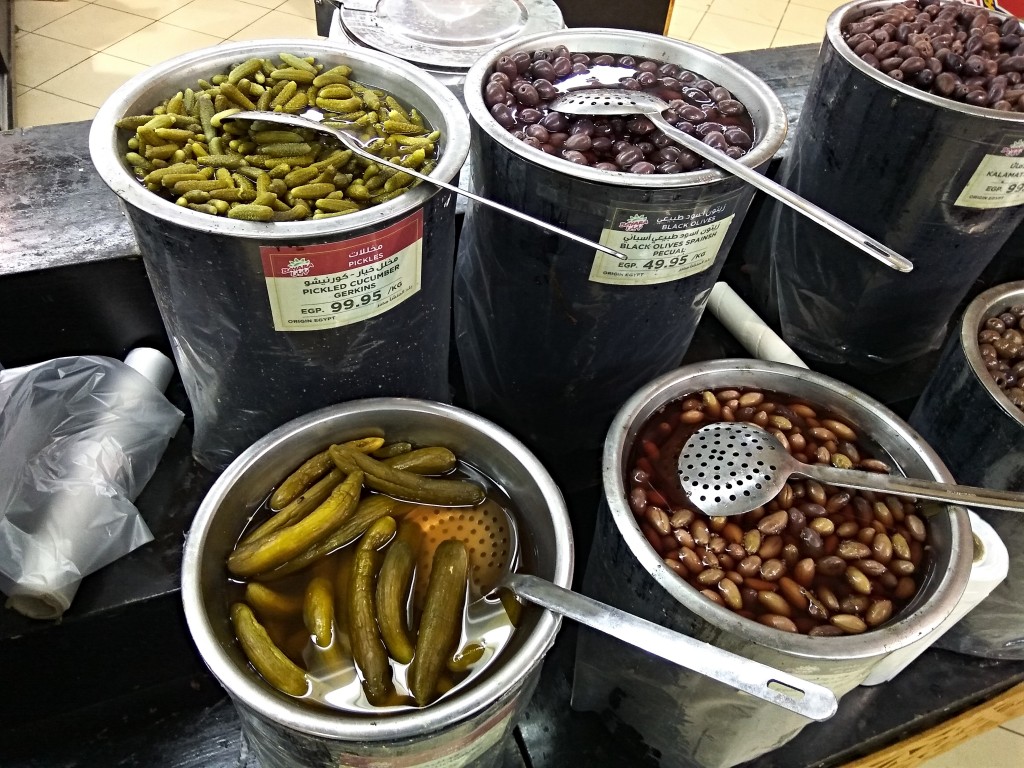
Apart from olives, you will commonly find pickled cucumbers and of course, so popular in Arabic cuisine, preserved lemon. Known also in Morocco and Lebanon, pickled lemons are used as a condiment, are added to stews, dips and meat dishes.
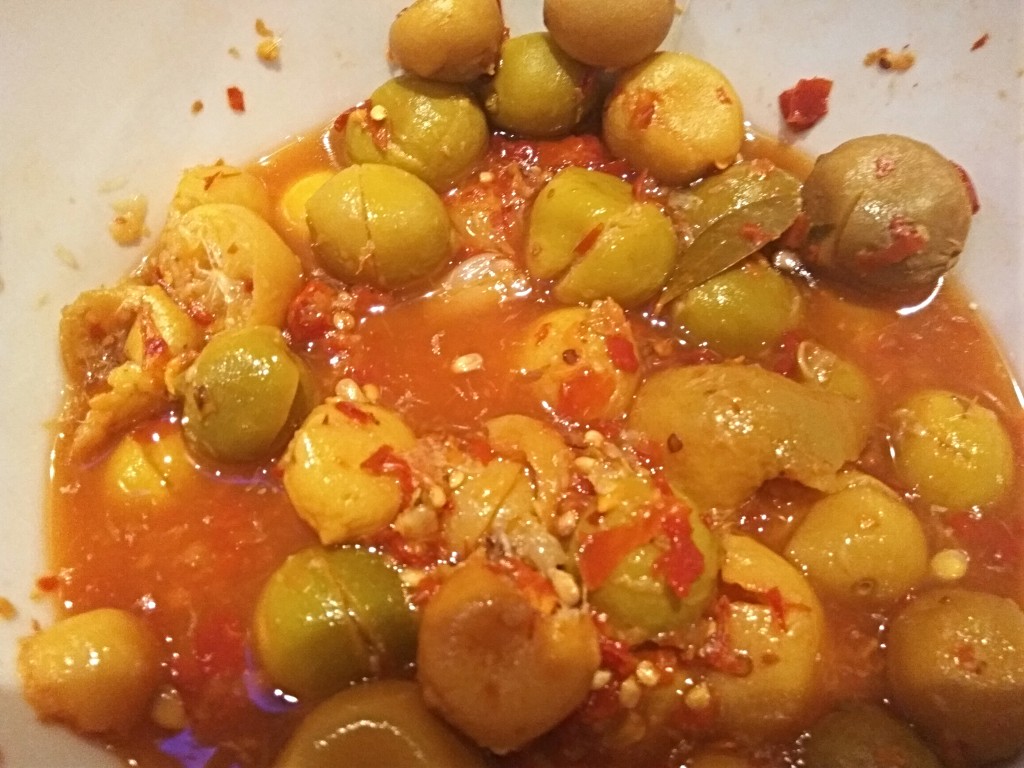
Preserved lemons are pickled in a brine made mainly of water, salt and lemon juice. To that, sometimes spices are added which change the taste. Spicy and very intense, pickled lemons give a unique aroma and flavor. However, that is something you have to get used to.
Date: 2018-12-04
Author: Beti – A passionate traveler and lover of Asian cuisine, especially Thai and Japanese dishes, Bernadeta brings her culinary and cultural experiences to life in her writing. Beyond her travels, she’s an avid technology enthusiast with a deep interest in data processing, merging her love for exploration with analytical insights.
Photographer: Adalbert – An aficionado of computers and photography, Adalbert captures the essence of diverse cuisines with a discerning eye. A connoisseur of rich flavors and particularly fond of meat-based dishes, he combines his technical skills with his passion for the culinary arts in every shot.
